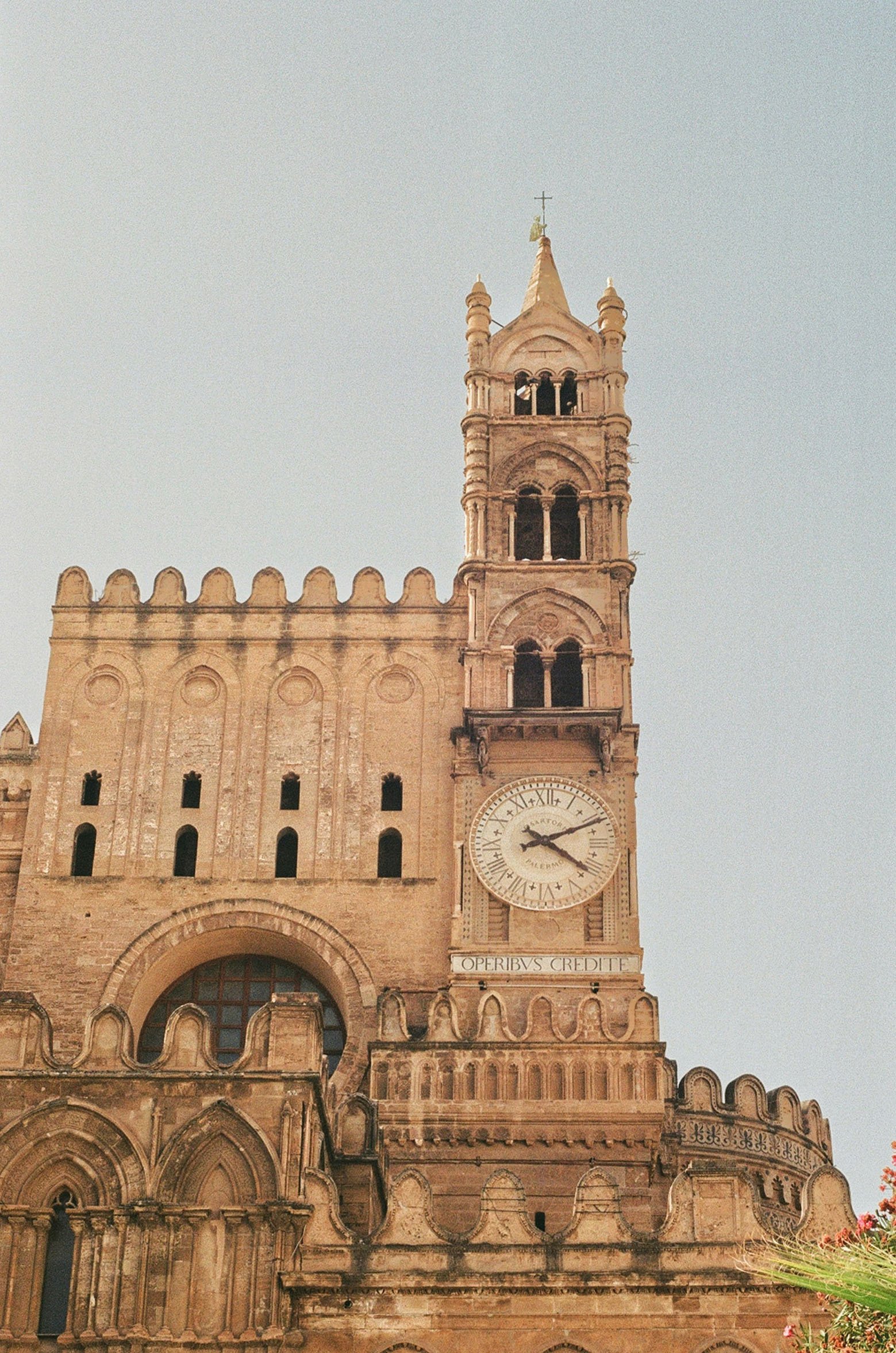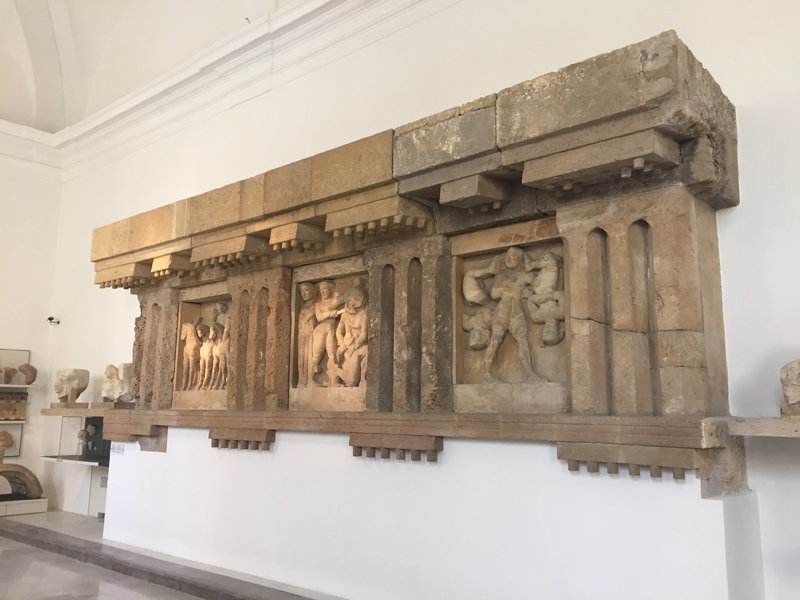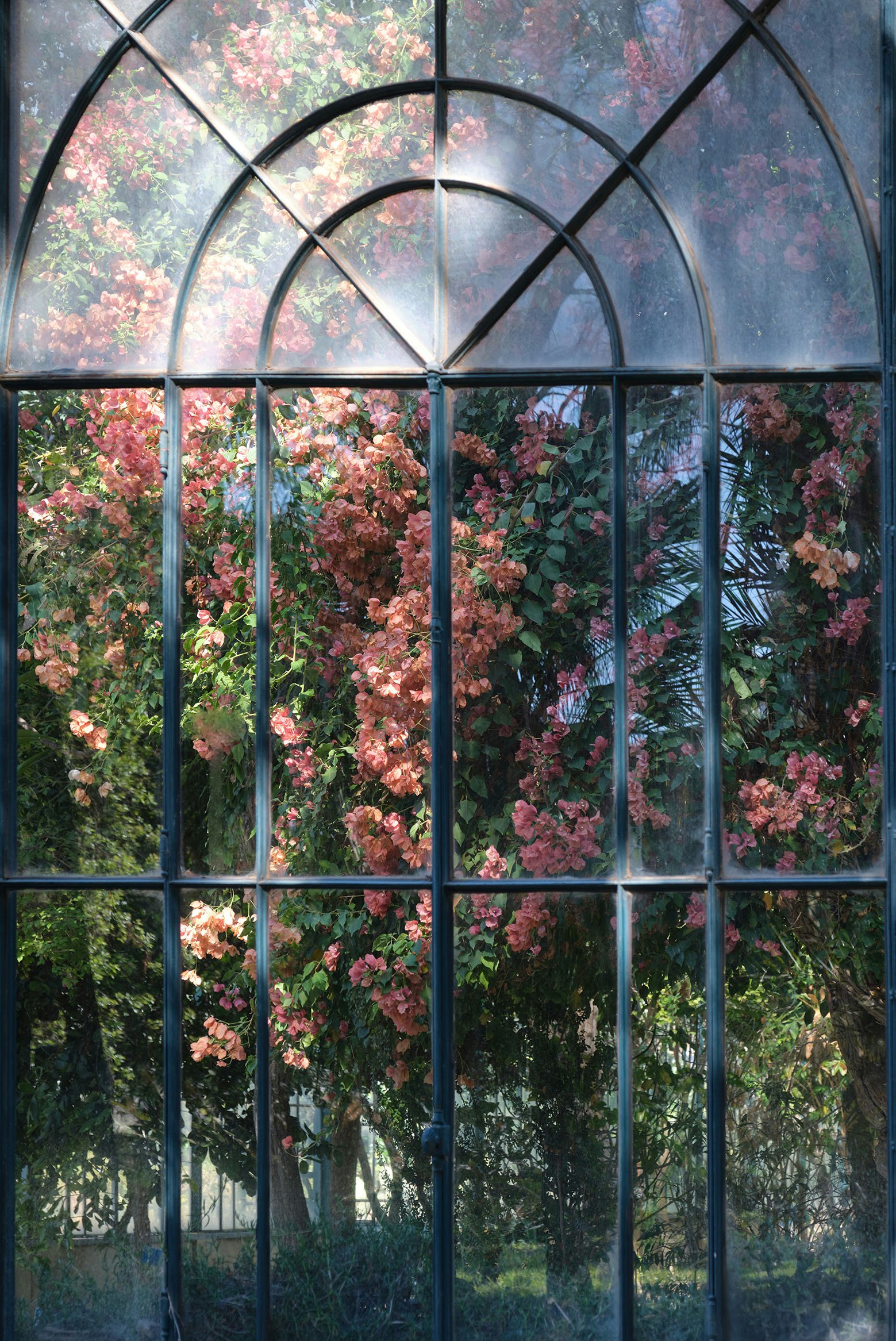A city of Bustling Markets, Lively Street Life and Rich Culinary Traditions.
Palermo, the capital of Sicily, is a city that boasts rich and complex history. Founded by the Phoenicians in the 8th century BC, Palermo has been shaped by various civilizations including the Greeks, Romans, Arabs, Normans, and Spaniards. Each of these cultures has left an indelible mark on the city, contributing to its unique character. As a result, visitors to Palermo are treated to a breathtaking mosaic of historical influences visible in its many architectural styles, from Baroque churches to Arab-Norman palaces.
The city is renowned for its bustling markets, lively street life, and rich culinary traditions that reflect its diverse heritage. Notable sites such as the Palatine Chapel, the Cathedral of Palermo, and the Teatro Massimo stand as testaments to the city’s historical significance and architectural prowess. Particularly striking is the mixture of Norman, Arab, and Byzantine influences that can be seen in its historic buildings, illustrating the city's role as a crossroads of cultures throughout the centuries.
Additionally, Palermo serves as a cultural hub, hosting numerous festivals and events that celebrate its traditions and artistic achievements. The presence of museums, theaters, and galleries makes it an attractive destination for those interested in arts and history. Its location along the Mediterranean coast also enhances its appeal, offering visitors stunning views and an opportunity to explore the natural beauty of Sicily.
Highlights
Palermo Attractions

Palermo Cathedral
The Palermo Cathedral, officially known as the Cathedral of the Assumption of Virgin Mary, is an architectural marvel that has been an integral part of the city’s skyline since its consecration in 1185. This significant structure represents a mix of Gothic, Baroque, and Neoclassical styles, reflecting the diverse cultural influences that have shaped Palermo over the centuries. Its striking facades adorned with intricate details captivate visitors and provide a glimpse into the historical layers of this remarkable building.

Antonino Salinas Regional Archaeological Museum
The Museo Archeologico Regionale Antonino Salinas stands as a significant institution dedicated to the preservation and exhibition of Sicily's rich historical heritage. The museum houses an extensive collection of artifacts that span various ancient civilizations, including the Greeks, Romans, and Phoenicians. This impressive collection comprises over 20,000 items, making it one of the most important archaeological museums in Italy.

Strolling Through the Botanical Gardens
The Orto Botanico di Palermo, situated in the heart of the city, is a remarkable testament to the natural beauty and botanical diversity of Sicily. Founded in 1779, this botanical garden spans over 12 hectares and houses an extensive collection of plant species from various regions of the world. Visitors can explore around 12,000 different types of plants, encompassing everything from native Sicilian flora to exotic specimens collected during historical expeditions.
